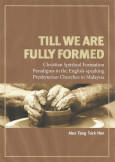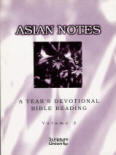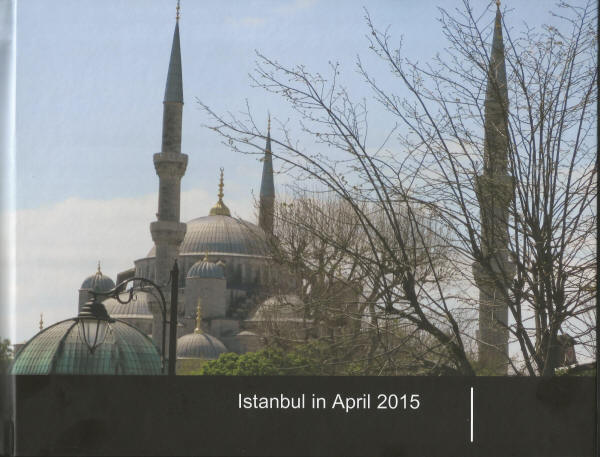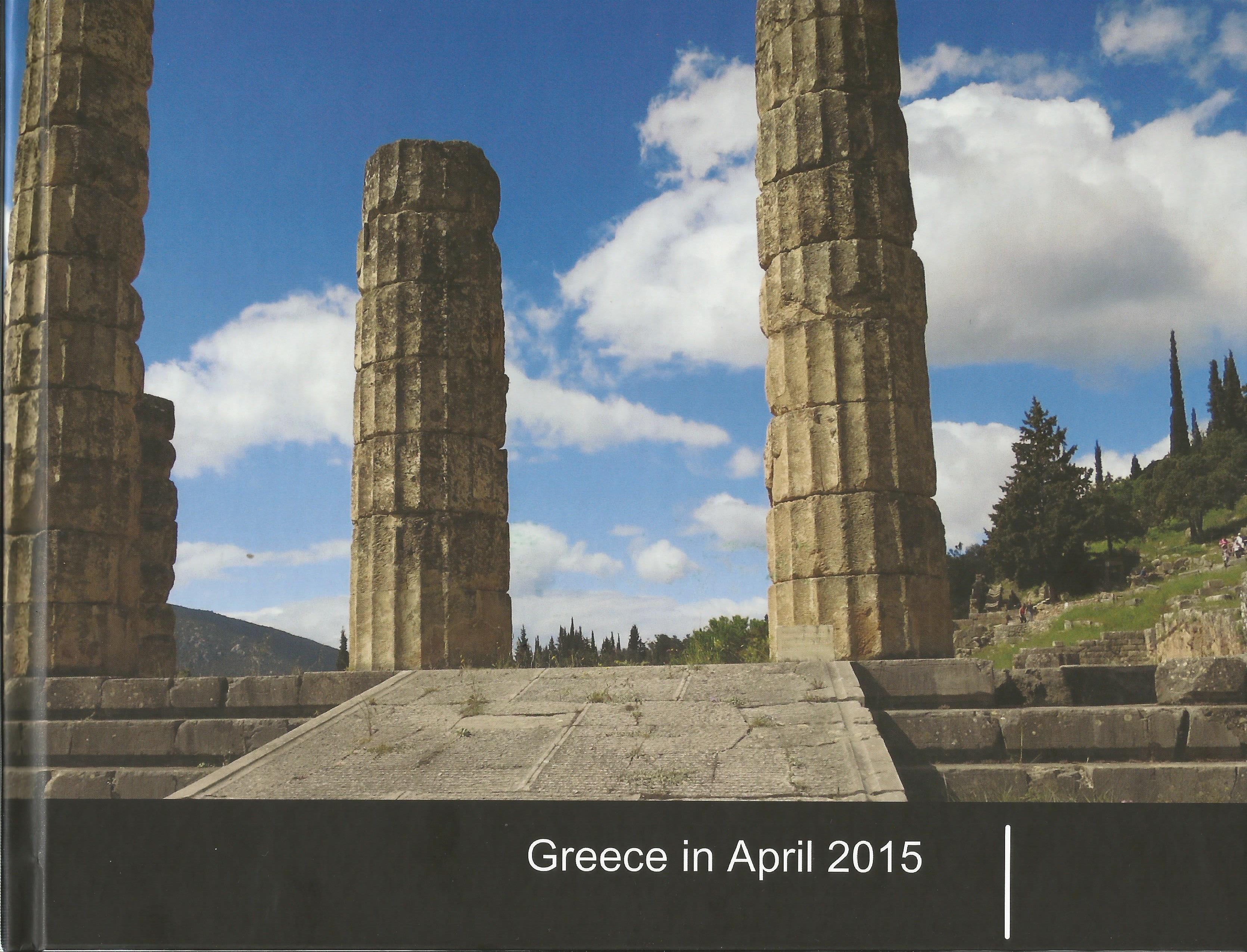Paul's View on Spiritual Formation

While Paul’s letters indicate that Christian meetings are held in homes, the household was not the Christian community. Instead the home serves only as meeting place. This is because outsiders come into the home to form the community. Such a community was made up of members from different social groups, the head of the family may not be the head of the community, women played a greater role, and the leaders are often not recognized as leaders outside the church community (Osmer 2005, 18-20).
This is radical thinking on Paul’s part as it is a departure from rabbinic Judaism where a sacred place such as the Temple or the local synagogue is central to the worshipping community. Banks notes that according to Paul, “God’s intention is not the fashioning merely of mature individuals but of mature communities as well. The Christian community does not exist just as a means to individual ends, though a mature community is an influential factor in shaping the individual maturity of its members.” (Banks 1994, 67). Hence to Paul, the Christian worshipping community is not a place but a group of people.
In defining Paul’s understanding of the purpose of church, Banks writes, “is the growth and edification of its members into Christ and into a common life through their God-given ministry to one another (1 Cor 14:12,19,26)” (1994, 90). This takes place when they are having a common meal and when they are ministering to each other with their spiritual gifts or both together. Worship is living their whole lives in Christ all the time. Hence worship cannot be limited to one period of time or place as in the house church only. So one does not need go to church for worship but are to worship freely anywhere.
Radical freedom through Christ was the theological basis of Paul’s understanding of community (Banks 1994, 25). The three components of Bank’s summary from his book are reproduced below:
Independence
• from certain things e.g.. sin, the Law, death, and alien powers
• for certain things, e.g., righteousness, conformity to Jesus, and suffering
• resulting in a personal and life-giving experience of liberty
Dependence
• upon Christ, who terminated humanity’s enslavement through his death and resurrection
• upon the Spirit, who communicates Christ’s life and purpose as a received divine gift rather than innate possibility
Interdependence
• with others, since liberty leads to service and can only be practically defined in relation to their needs
• with the world, since the universe itself will experience the liberty of transformation along with those who are Christ’s
• giving liberty a social and cosmic, as well as a personal and theocentric dimension
There are certain implications in Paul’s thinking about spiritual formation. First, the worshipping community is where spiritual formation takes place. This is important because Paul does not limit the community to one place but to the community of believers. Paul have moved from the Temple and synagogue as spiritual formation centres to the communities of faith as centres for spiritual formation (Osmer 1992, 21). Aside from that Paul believes in the unity and guiding power of the Holy Spirit. As James Dunn explains, “…what draws and keep believers together for Paul was not simply a common membership of a congregation, but the common experience of the Spirit. It was the awareness that their experience of the Spirit was one in which others had also shared which provided the bond of mutual understanding and sympathy.” (Dunn 1998, 561-562) If the Holy Spirit is the guiding Spirit of the community, why should he not also be spiritually forming the members?
Second, Paul thinks of communities of people rather than places. This is reflected in his writing to communities in cities rather than to a specific church in his epistles. Though many of his epistles are in response to certain crisis in the communities, it also contains a lot of advice about spiritual formation. Many of these advice concern collective behaviour, practices and belief of the communities. For example, the armour of God in Eph. 6: 13-18 is often interpreted as it is for individuals to put on the armour. On the other hand, Paul may have meant for the community of faith in Ephesus to put on the armour. Paul’s letter to the Ephesians emphasise the unity of the community as one; one body, one Spirit, one Lord, one faith, one baptism (Eph.4:4). Hence when Paul refers to the one who puts on the armour, he may be referring to the community rather than to individual Christians. Brian Winkle and Ken Gnanakan made a similar argument (Wintle and Gnanakan 2006, 199). Nevertheless, Paul also sends personal greetings in his letters.
Third, Paul’s appreciation of “God in Christ” was instrumental in making him Christianity’s greatest theologian (Schreiner 2001, 19-35) Appreciating God’s redemptive plan opens his eyes to the greatness of God’s love for all people. Hence he teaches about salvation for people groups while he also talks about individual spiritual formation. Paul’s main emphasis is always on Jesus’ death and his resurrection. However his ideas about spiritual formation are always in context of a community. Meeks elaborates, “The one God of the Christians, as of the Jews, is personal and active. His spirit, or alternately, the spirit of his Son, acts in, on, and with individual believers and the whole community. The social correlate is the intimacy of the local household, A high level of commitment is demanded, the degree of direct interpersonal engagement is strong, the authority structure is fluid (though not exclusively), and the internal boundaries are weak (but not troublesome)” (Meeks 1983, 190).
It is this central theology of a personal God who involves himself with men, the strong commitment, the fluid authority structure, and the weak internal boundaries that allows room for spiritual formation.
Fourth, though Paul does not teach specifically about the kingdom of God, his teachings on the “priesthood of all believers” are radical. It was a major deviation from Old Testament teaching where a priest is needed to stand for man before God. Priests also have a duty to spiritually form the people of God. Therefore, Paul is also teaching that the community of faith have the priestly duty to, and the power for the spiritual formation of each other. Herman Ridderbos notes, “But this sanctification then involves active dedication to God by the church itself, the condition of moral holiness that responds to calling and election.” (Ridderbos 1966, 261-262). The community of faith is to have responsibility for spiritual formation (sanctification). This is especially important as members of Paul’s community come f
 rom all strata of society. Meeks observes, “ Mostly, as individuals and was a whole, they are weak in terms of social power and status, they experience indifference or hostility from neighbors, yet they are exhilarated by experiences of power in their meetings, both in ordinary terms of leadership, as the groups begin to make their own institutions, and in the particularly with demonstrations of spirit possession.” (Meeks 1983, 191). Ben Witherington responds, “Here again the ancient collectivist culture suggests that the group defines the identity of the individuals in it, not the other way around.” (Witherington III 1998, 222).
rom all strata of society. Meeks observes, “ Mostly, as individuals and was a whole, they are weak in terms of social power and status, they experience indifference or hostility from neighbors, yet they are exhilarated by experiences of power in their meetings, both in ordinary terms of leadership, as the groups begin to make their own institutions, and in the particularly with demonstrations of spirit possession.” (Meeks 1983, 191). Ben Witherington responds, “Here again the ancient collectivist culture suggests that the group defines the identity of the individuals in it, not the other way around.” (Witherington III 1998, 222).Fifth, Paul uses the sacrament of baptism and the Lord’s Supper as central teachings in which the community can understand, commit to and be spiritually formed by. These teachings later become the catechism of the church. Paul also taught the teachings of the Old Testament, the Gospels, and the traditions. However, Paul does more than just teach the materials but he reinterprets them in the light of his understanding of the Triune God.
Finally, Paul is careful to distinguish between the communities of believers in a locality and his communities of travelling missionaries. The former was for edification and to build up the believers in the faith and the latter was to spread the gospel (Banks 1994, 169).
Banks writes, “Paul’s approach to community has stimulated the creation of alternatives to ecclesiastical structures and counterculture groups, e.g. house churches and basic Christian communities and at times these have been accompanied by a contemporary version of Paul’s work to complement and enhance their activities” (1994, 192).
It seems that Paul recognises the formative power of the communities of faith and uses it as a tool in the unstable, changing socio-political climate of the first century to develop spiritual formation communities for the nurturing and training of believers.
soli deo gloria
Labels: Christian education, Church, Descriptors Spiritual Formation, Paul, Spiritual Formation, Theology















0 Comments:
Post a Comment
<< Home